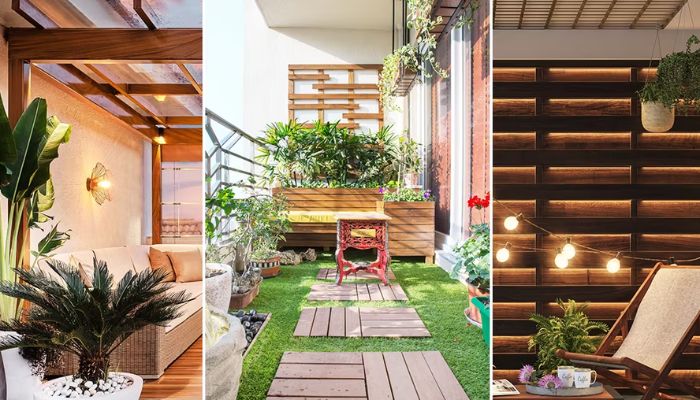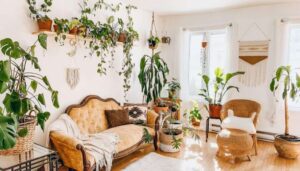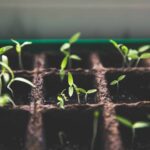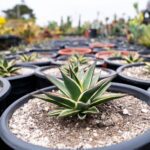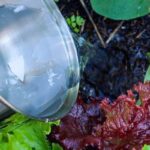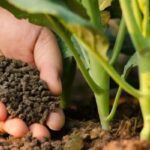I’ve been growing houseplants for over seven years and love indoor gardening. People often ask me how someone who doesn’t have a green thumb can make a beautiful indoor garden. Let’s explore some inside tips for “How Can I Create a Beautiful Indoor Garden Without Much Experience?”
It’s not as hard as you think. No matter how much experience you have, you can grow a thriving indoor oasis with a little planning, the right plants, and careful attention.
Choose an Appropriate Spot
Think about light, space, and ease of access when choosing where to put your indoor garden. To stay healthy, most houseplants need at least some light from the sun, so put them near bright windows that face south whenever you can. Make sure the space has enough room for the plants to grow and that you can easily get to the plants to care for them regularly.
I’ve found that plant nooks, kitchens, and sunrooms are great places to grow plants inside. Just stay away from places that are too hot or too cold. Use shelves, stands, hanging planters, and other creative items to make the most of the space you have.
Select Undemanding Plant Varieties
If you are just starting out, you should stay away from plants that are very picky and need careful care. Instead, build your garden around plants that are hardy and don’t need much care. Here are some great choices:
Succulents: Succulents, such as echeveria, jade plants, and aloe vera, can handle being ignored for a short time.
Philodendrons: These classic houseplants are very hard to kill because their leaves curl down and are very lush.
Although it grows slowly, Zamioculcas zamiifolia does well in most indoor conditions and only needs to be watered once in a while.
Pothos: One of my favorites, pothos grows beautifully with little care.
Choose plants that can handle the lighting and conditions inside. Local nurseries can give you specific advice.
Use the Proper Soil and Containers
For indoor plants to stay healthy, they need potting soil that drains well and pots with drainage holes. Soilless mixes are the best way to get air circulation and keep water in the soil. Or, use compost, perlite, and coconut coir to make your own mix.
Pick planters that are the right size for each plant and give the roots plenty of room to grow. Plastic pots are cheap, work great for most types, and won’t break the bank. You can hide plain nursery pots with cache pots while adding style.
Master Watering Best Practices
One of the most common reasons indoor plants die is that they get too much water. If you are a beginner, it is better to do something underwater than over water. Most types like it when the top inch or two of soil dries out between waterings.
I think you should water early in the day so that the extra water can drain away. Spread the water out slowly and evenly over the soil, being careful not to hurt the roots. When leaves droop, it usually means the plant isn’t getting enough water, while yellowing leaves can mean it’s getting too much water.
Provide Optimal Light & Temperature
Different plants need different amounts of light, but most indoor plants do well with 12 to 16 hours of daily ambient sunlight. Add grow lights if you need to during the darker winter months. Most houseplants do best when the temperature is between 60°F and 80°F.
Keep an eye on your plants and make changes if they look like they are stressed. Spotted, wilting leaves usually mean that there isn’t enough light or that it’s too cool. Too much light or heat can cause leaves to burn and plants to grow too tall and leggy.
Fertilize & Groom Foliage
Indoor plants can’t get too many nutrients, so fertilizing them every so often is a good idea. For best results, use a balanced liquid fertilizer at half strength every two to four weeks while the plants are growing. A stop to fertilizing for two months in the winter.
To keep the plant looking nice, cut off dead flowers and yellowing leaves, trim any branches that are growing in the wrong direction, and wipe dust off the leaves. Most varieties do better when they are groomed and shaped every so often.
Arrange Your Plants kindly
After picking out the right plants and containers, give your indoor garden some thought before setting it up. Statement plants with big leaves or tall stature make great focal points. Trailing vines and soft textures make a lovely contrast.
For easy care, put plants that need the same things together. Don’t forget to look at your living work of art from a distance. As your green thumb gets better, this hobby can be fun for a long time.
Conclusion
If you follow these basic steps for beginners, you’ll be well on your way to making your home a beautiful and relaxing oasis. As you learn new things and gain confidence, let your plants inspire you. There are a lot of options, so enjoy the trip!
Creating a thriving indoor garden is achievable for everyone, regardless of experience. By following these simple guidelines and selecting the right plants, you can transform your living space into a lush oasis. Get all trips from “How Can I Create a Beautiful Indoor Garden Without Much Experience?”

Katia Hougaard is a PhD candidate at Imperial College London, specializing in plant-aphid interactions. With a background in Plant Biology from the University of Texas at Austin, she focuses on the genetic and physiological resistance of Medicago truncatula to pea aphids. Katia has served as a science advisor for startups in vertical farming and the houseplant industry. She also mentors students and manages a research lab, contributing her expertise to both academic and entrepreneurial projects. At SuperbPlants.com, Katia shares her in-depth knowledge of plant biology, emphasizing sustainable practices and scientific integrity.

